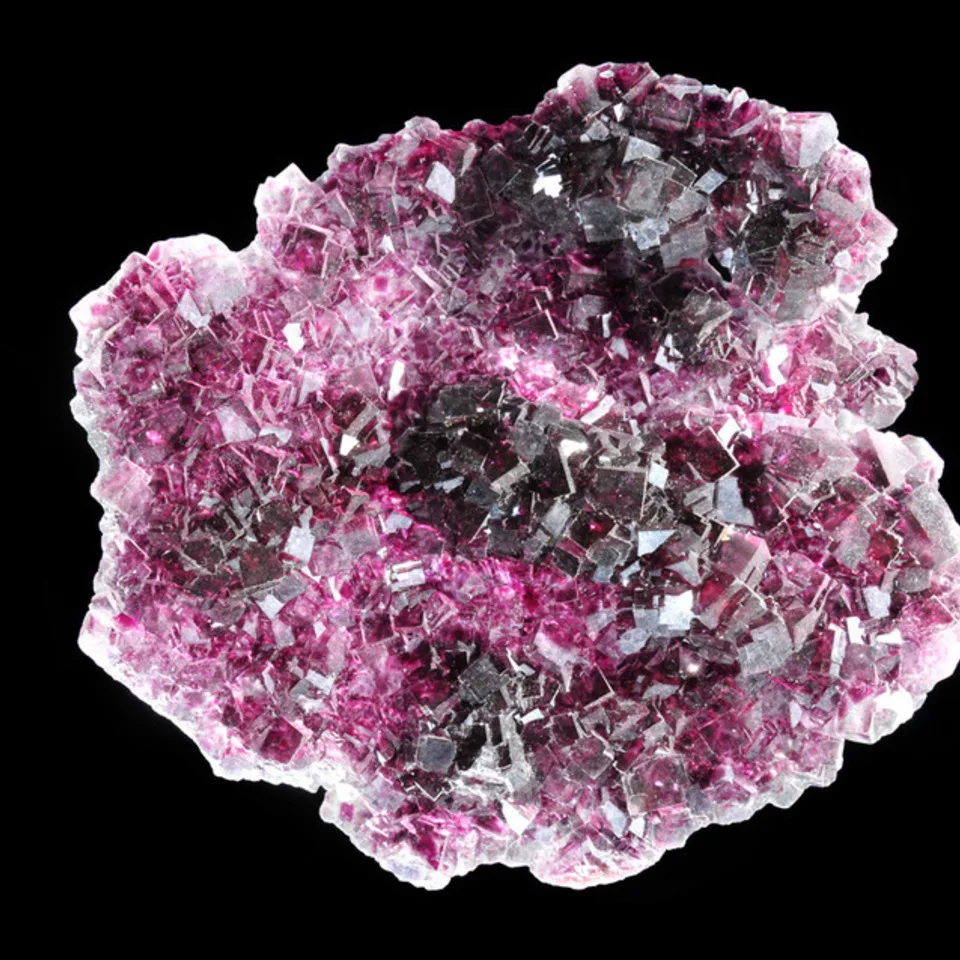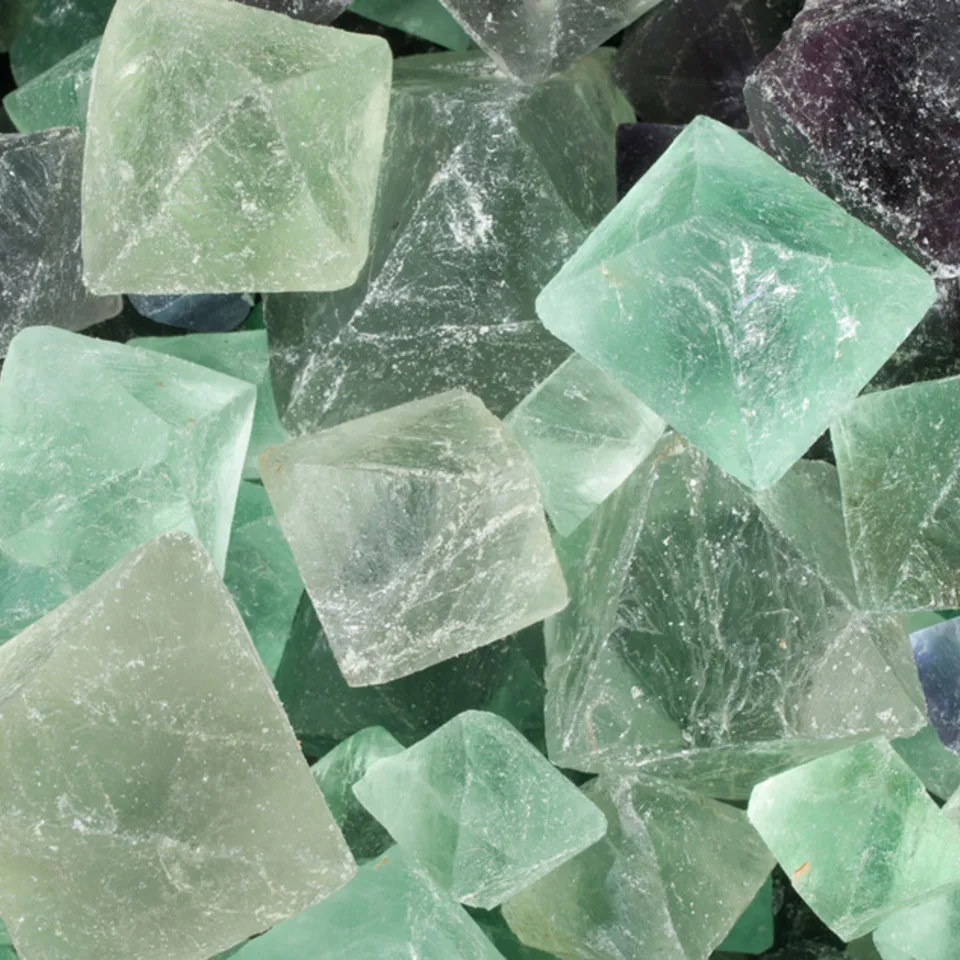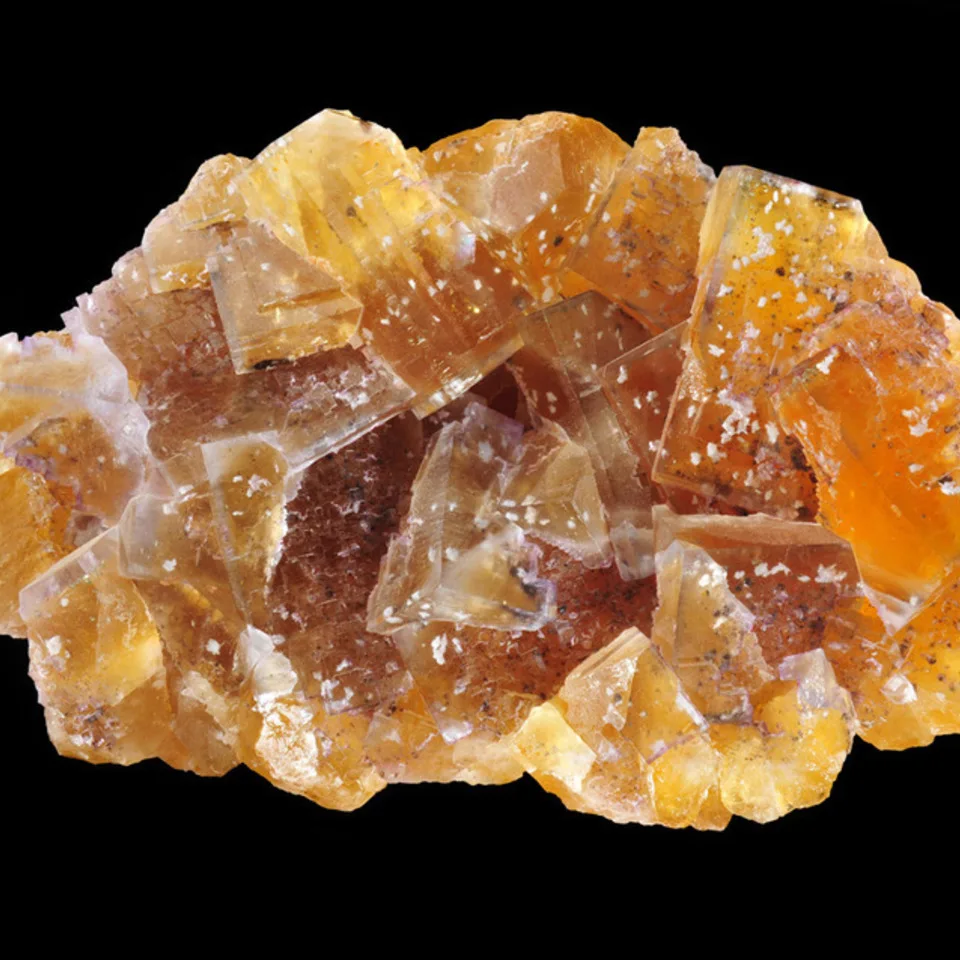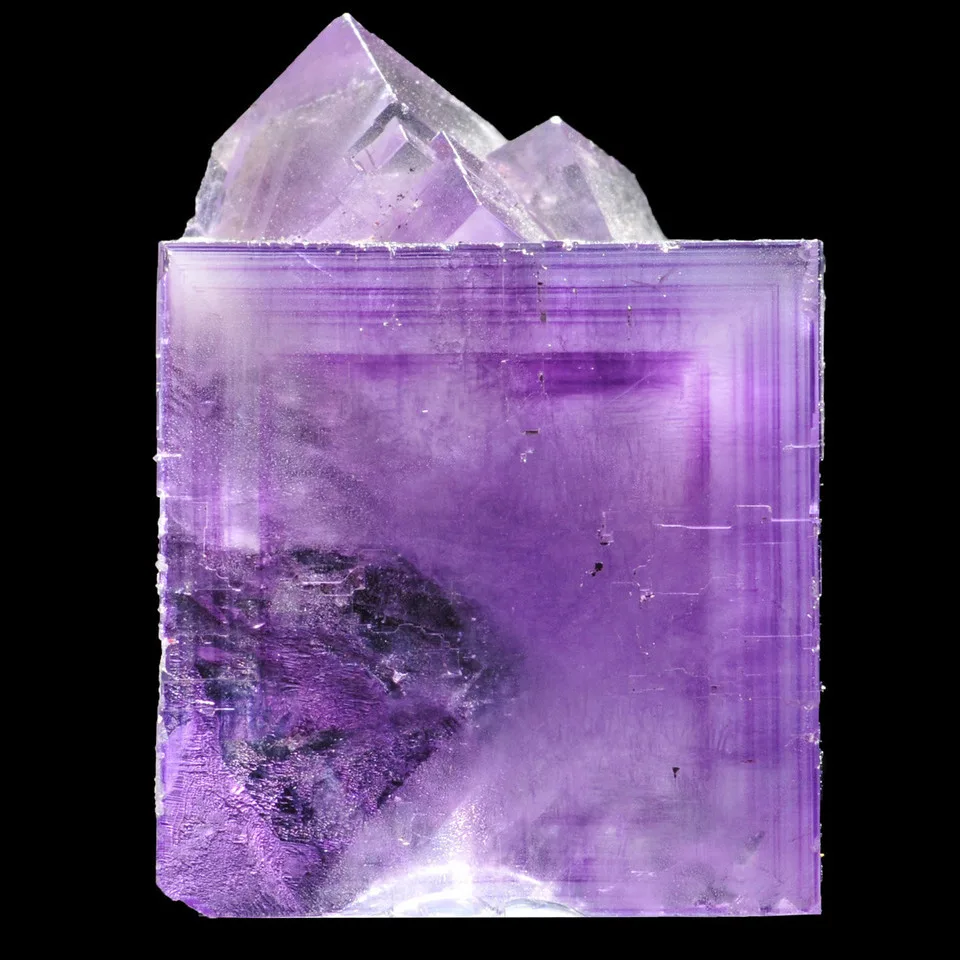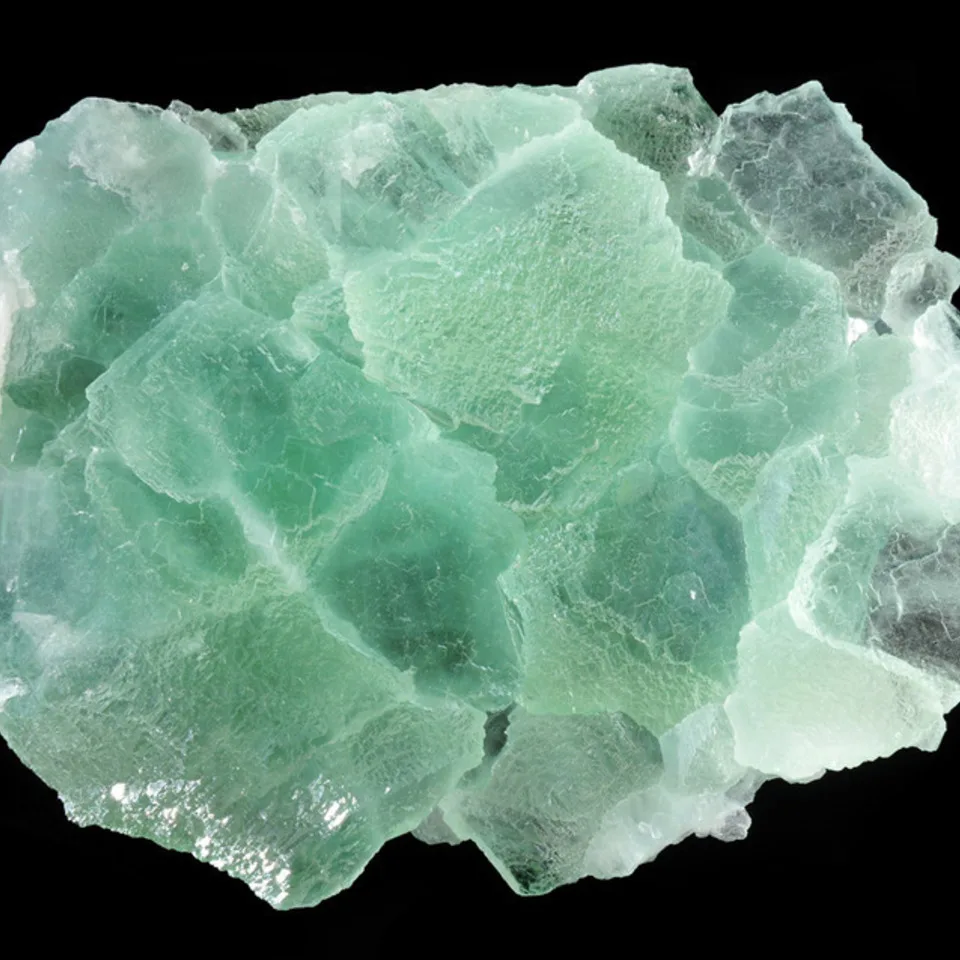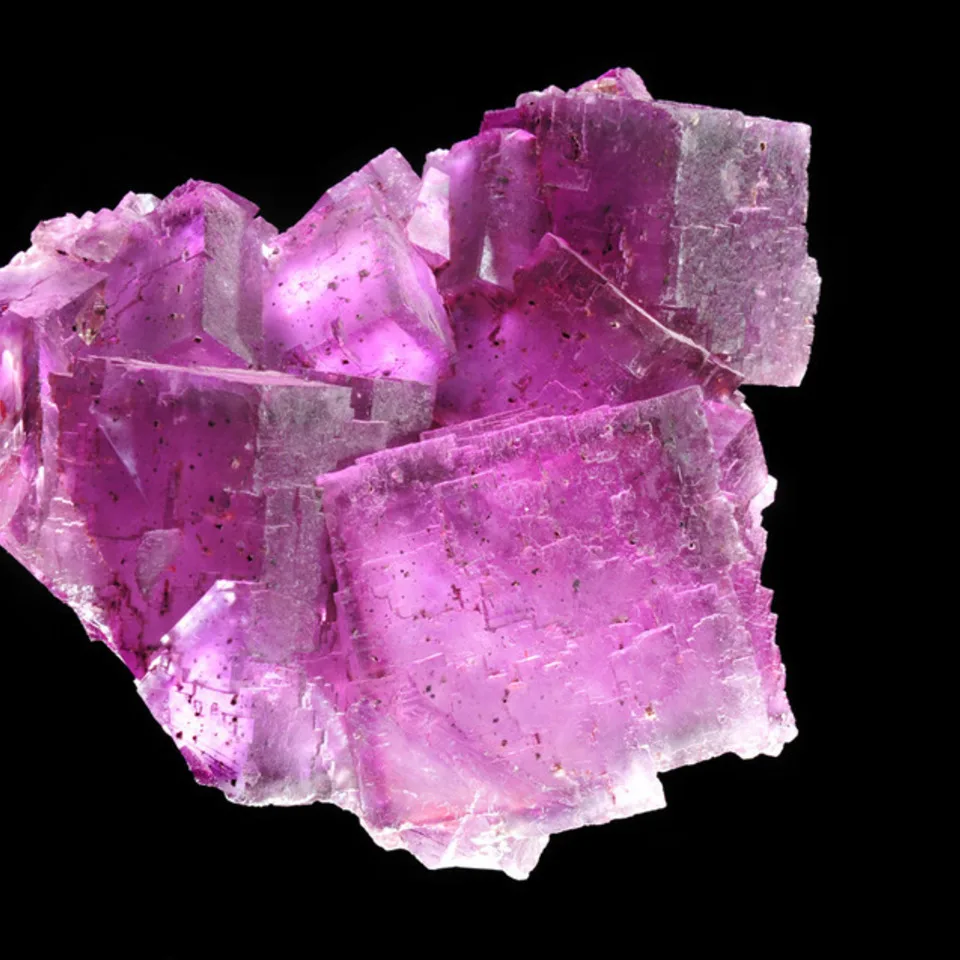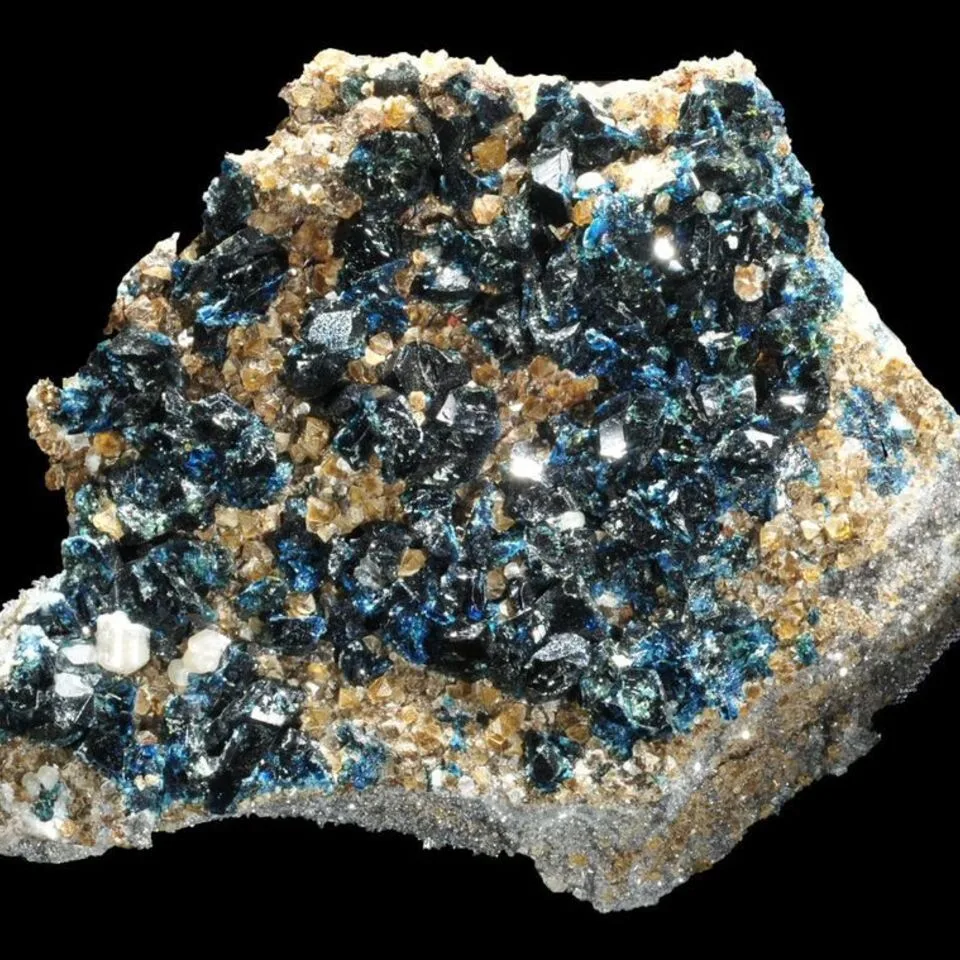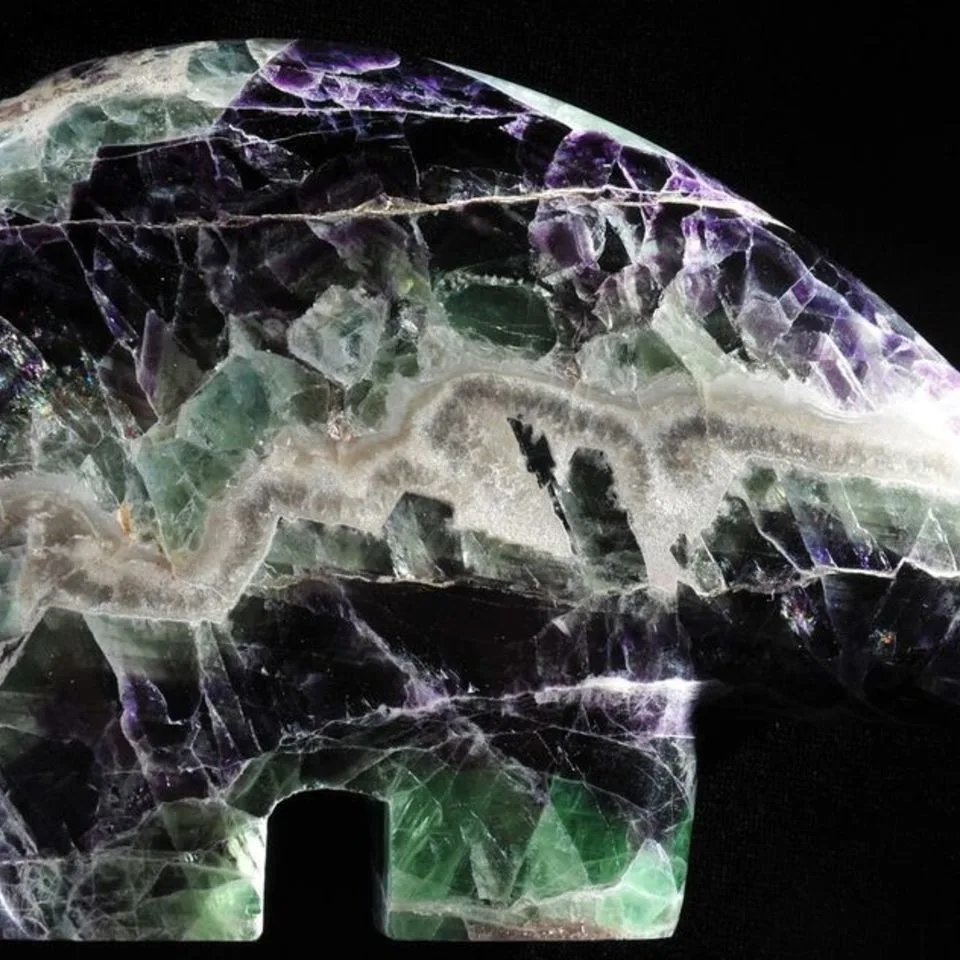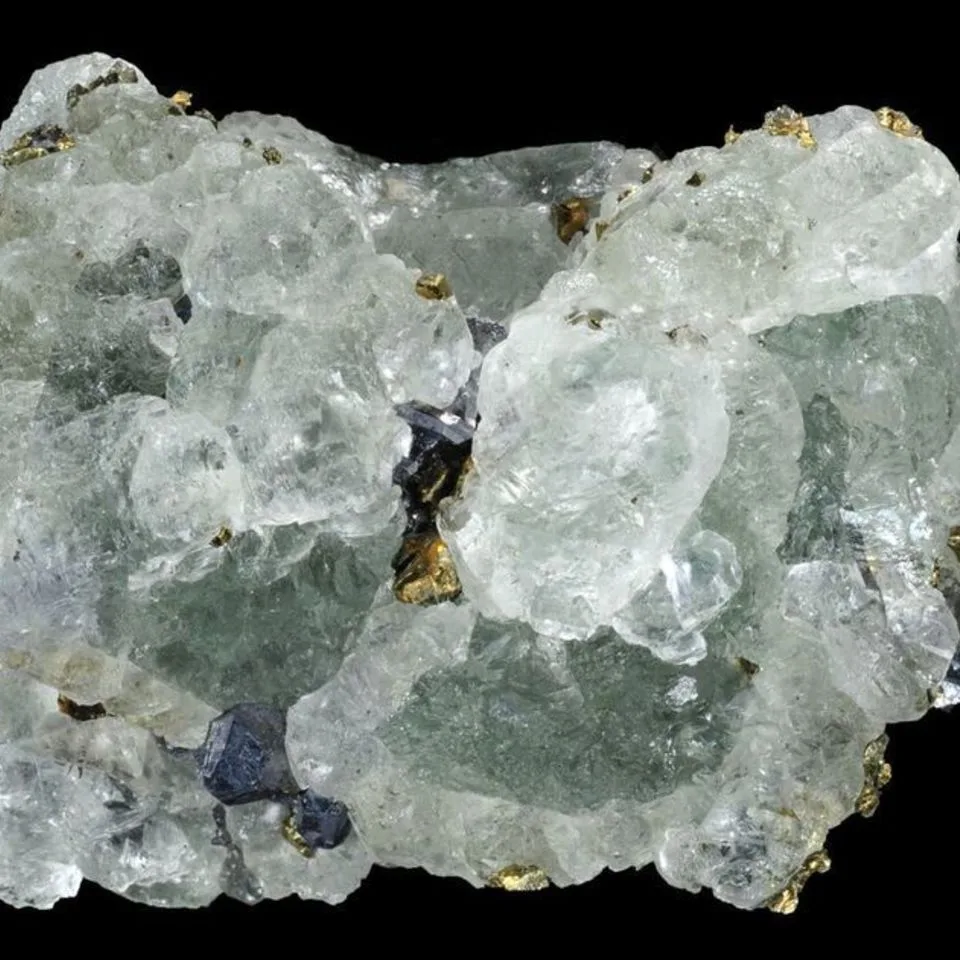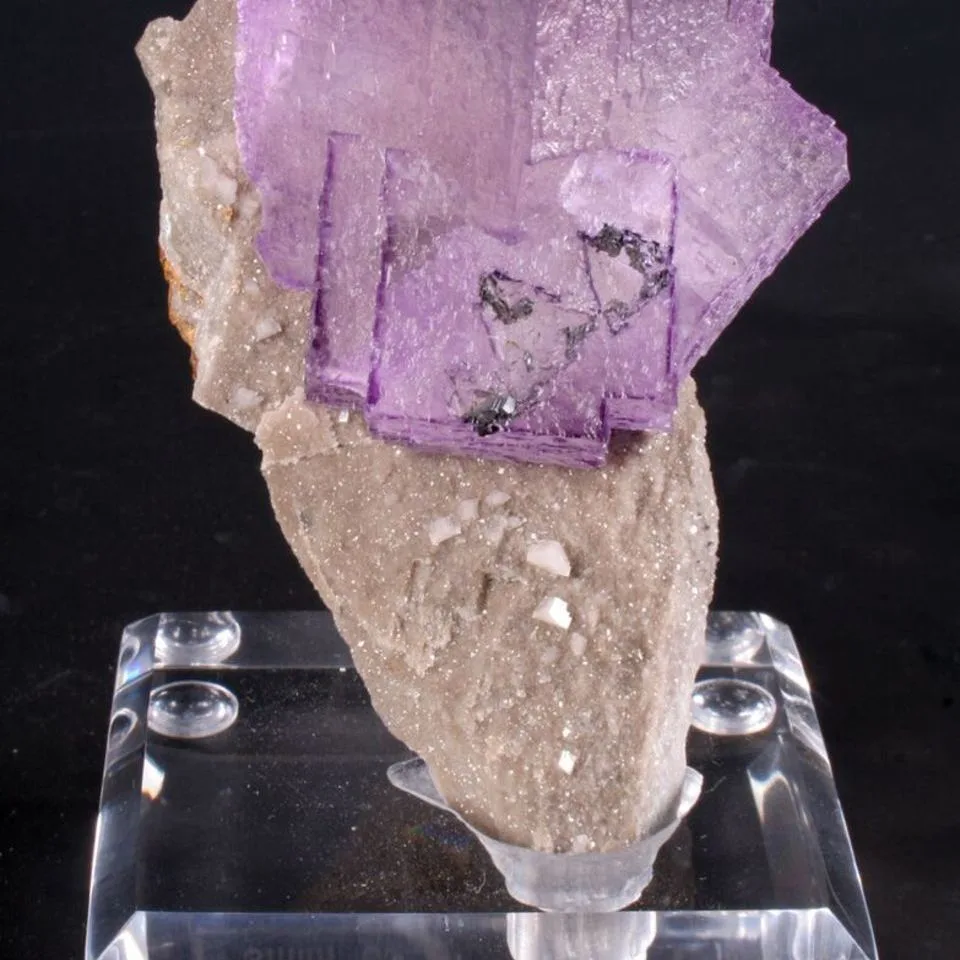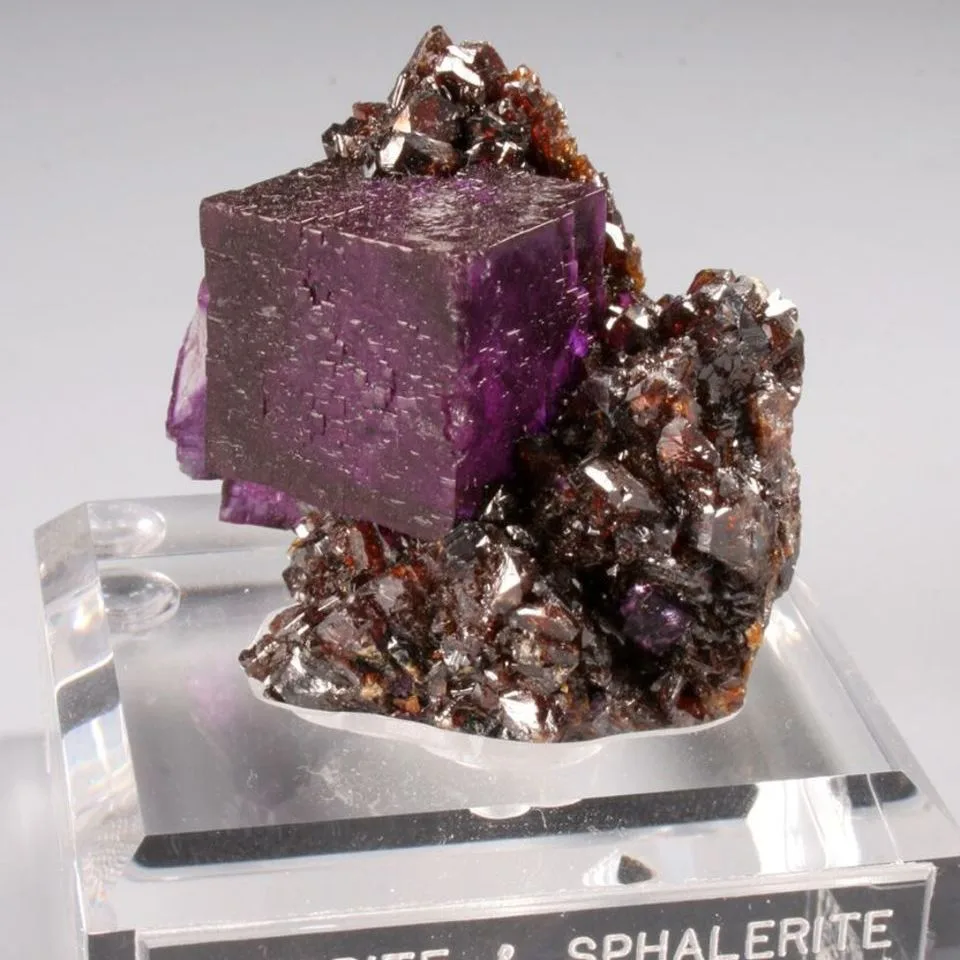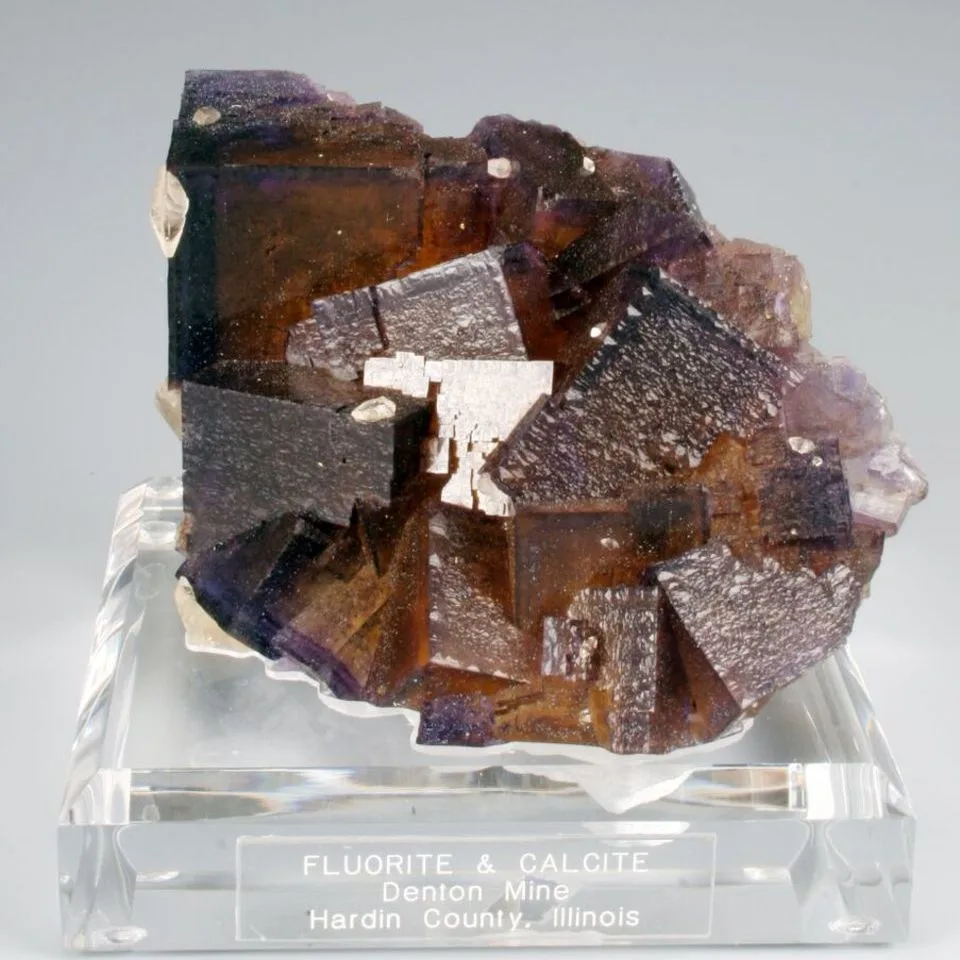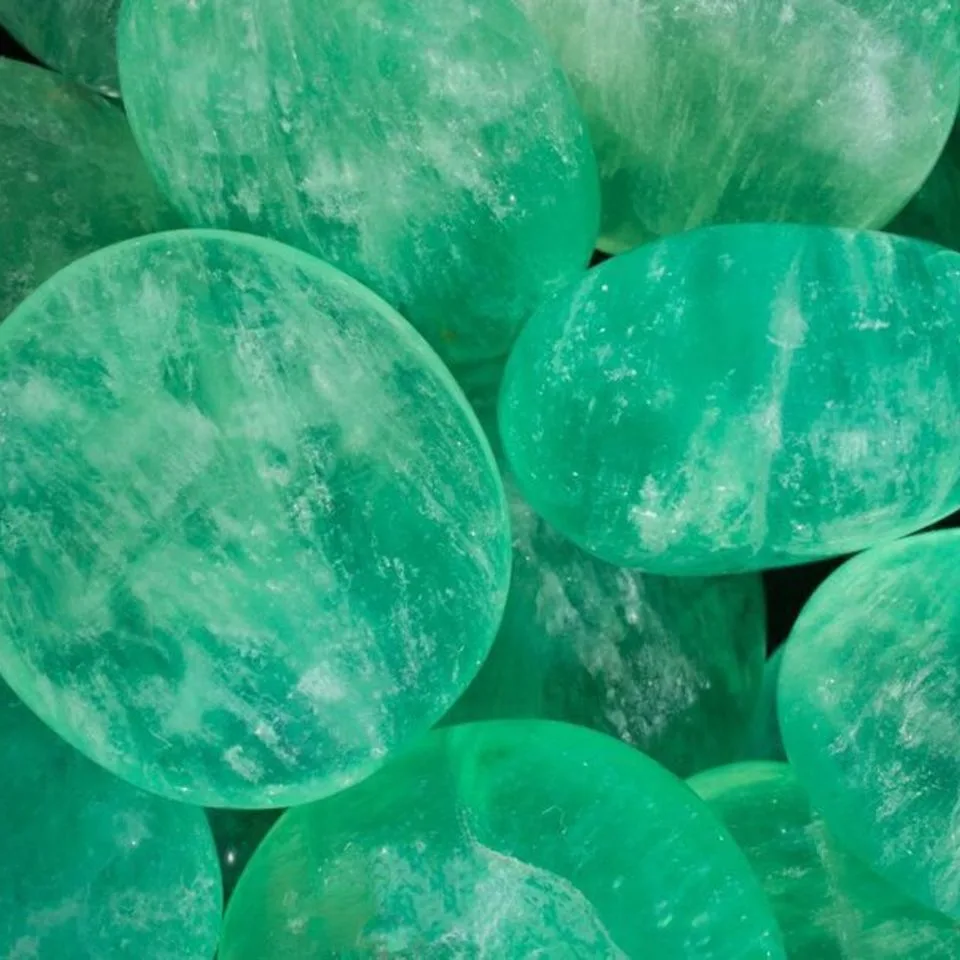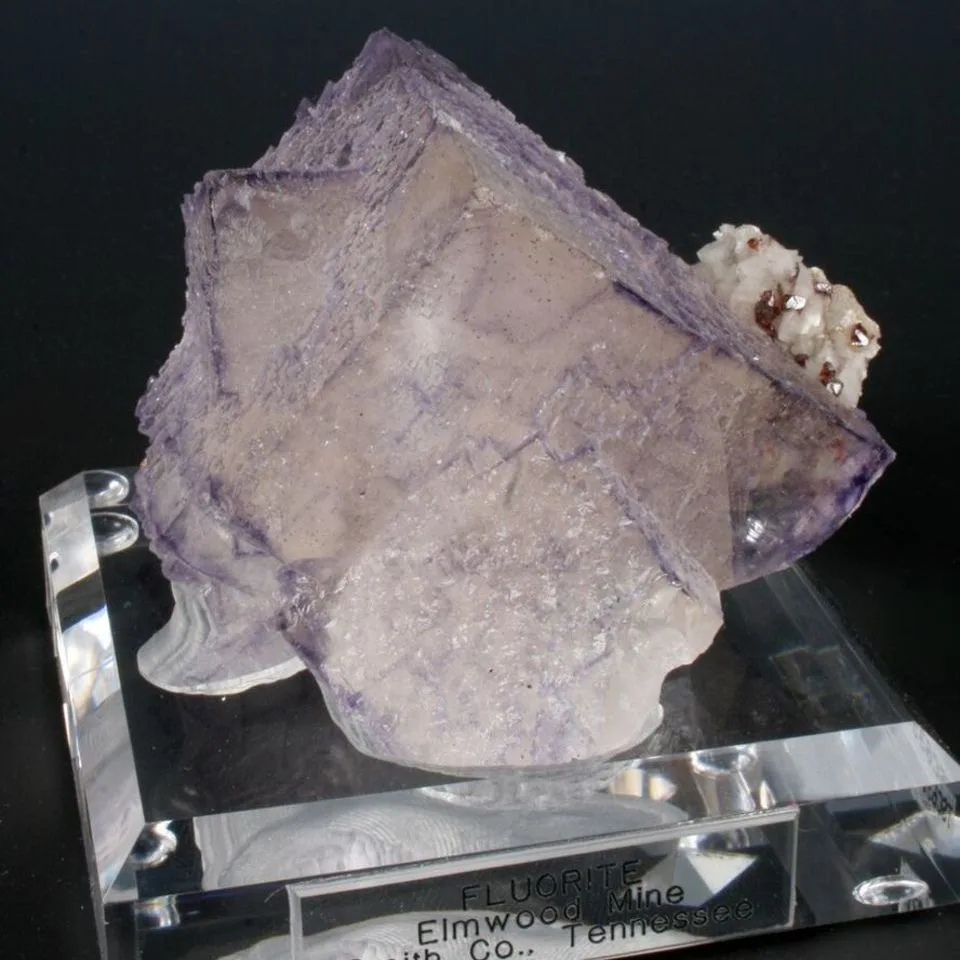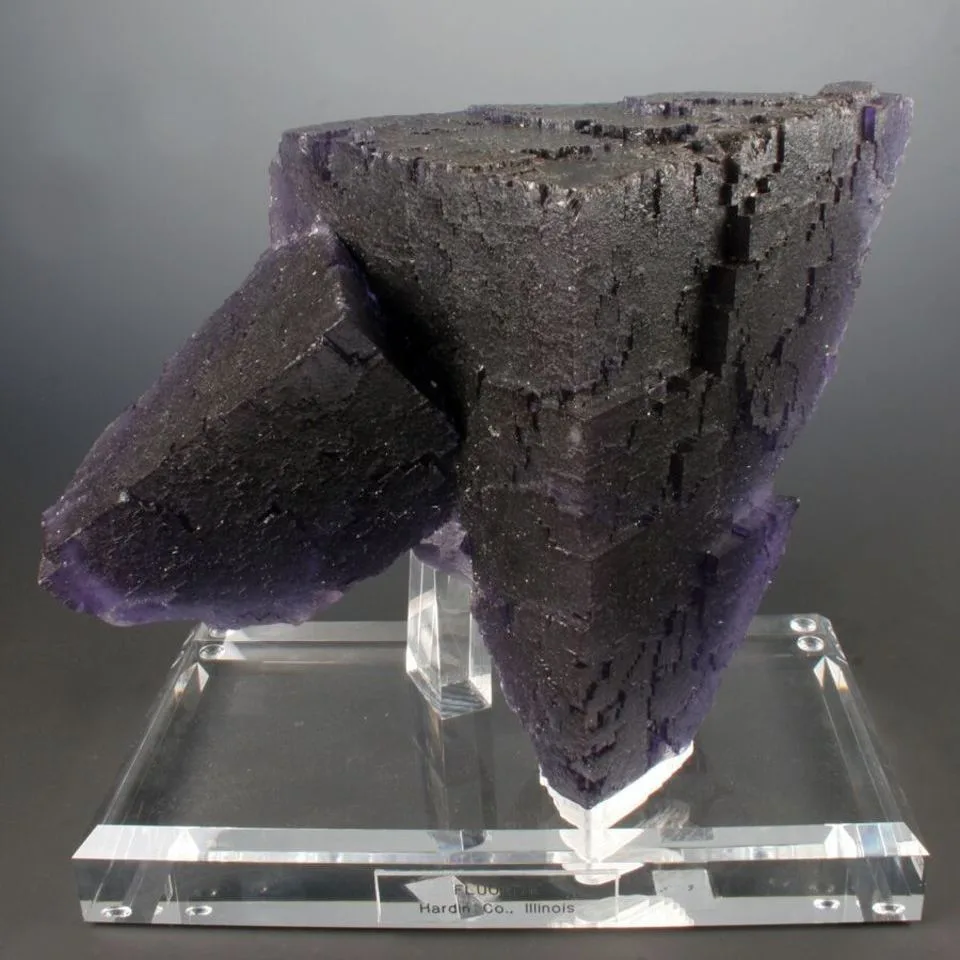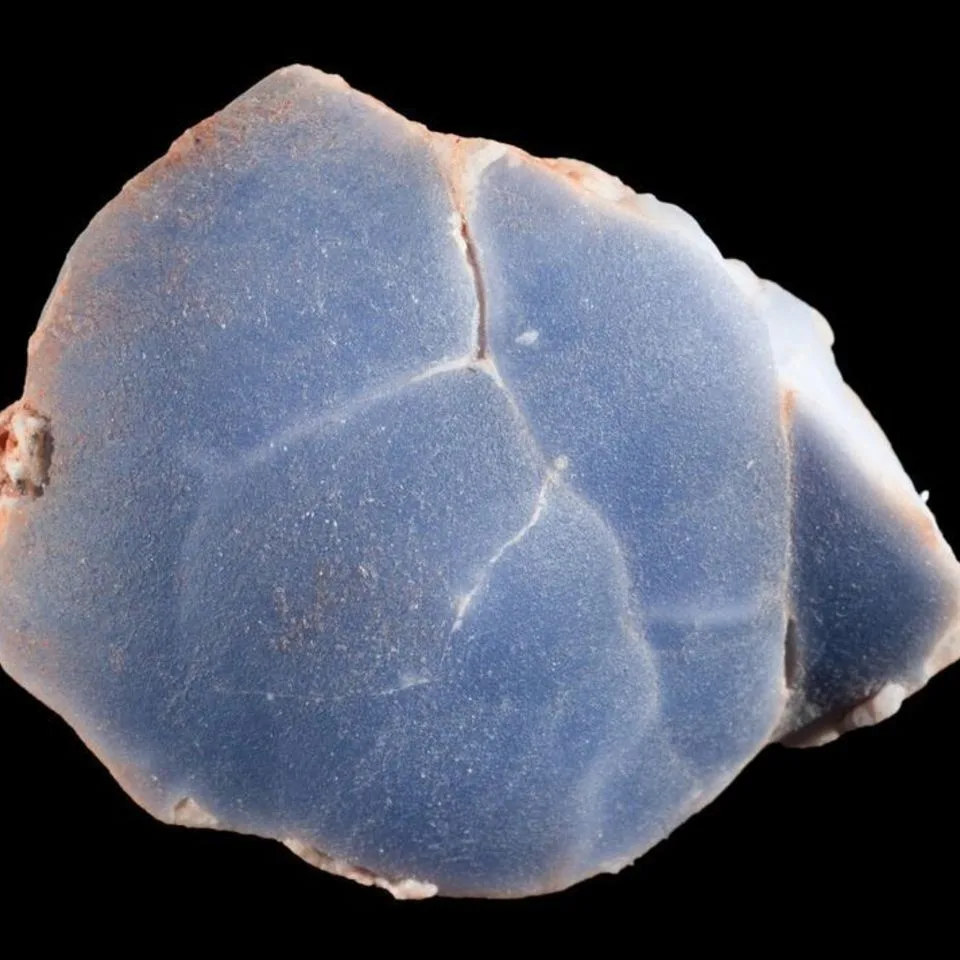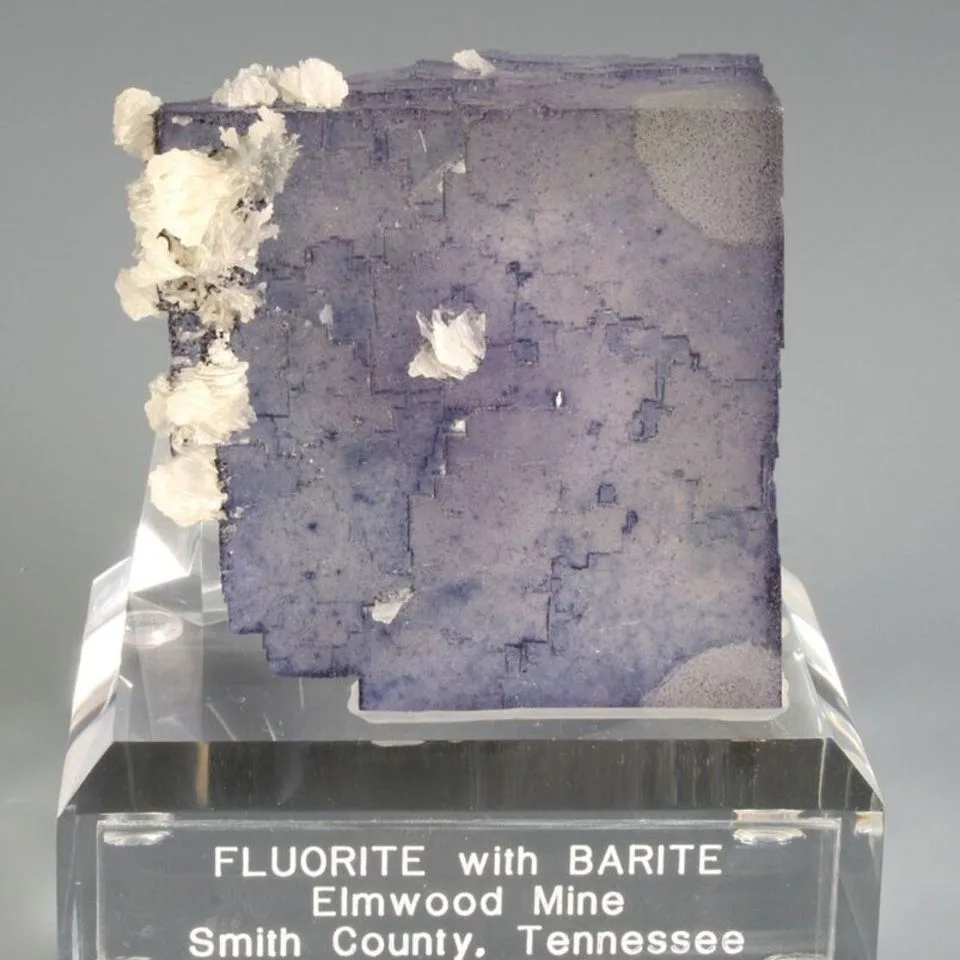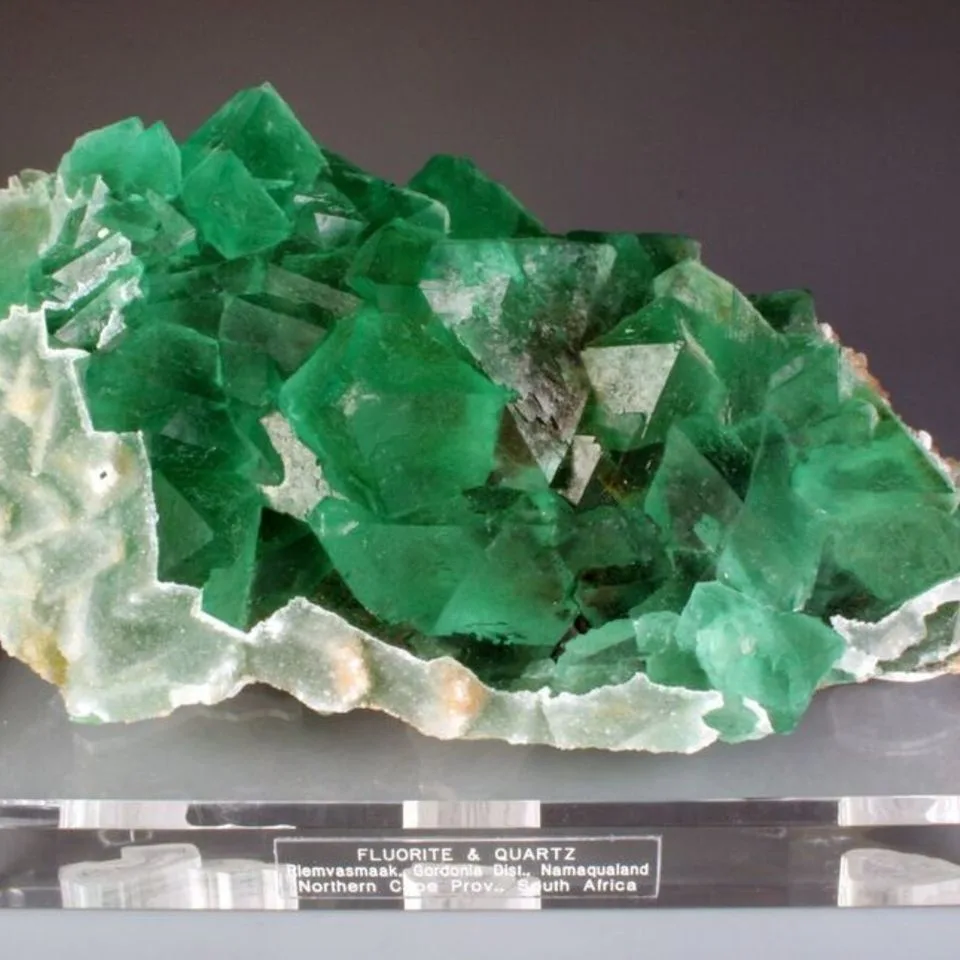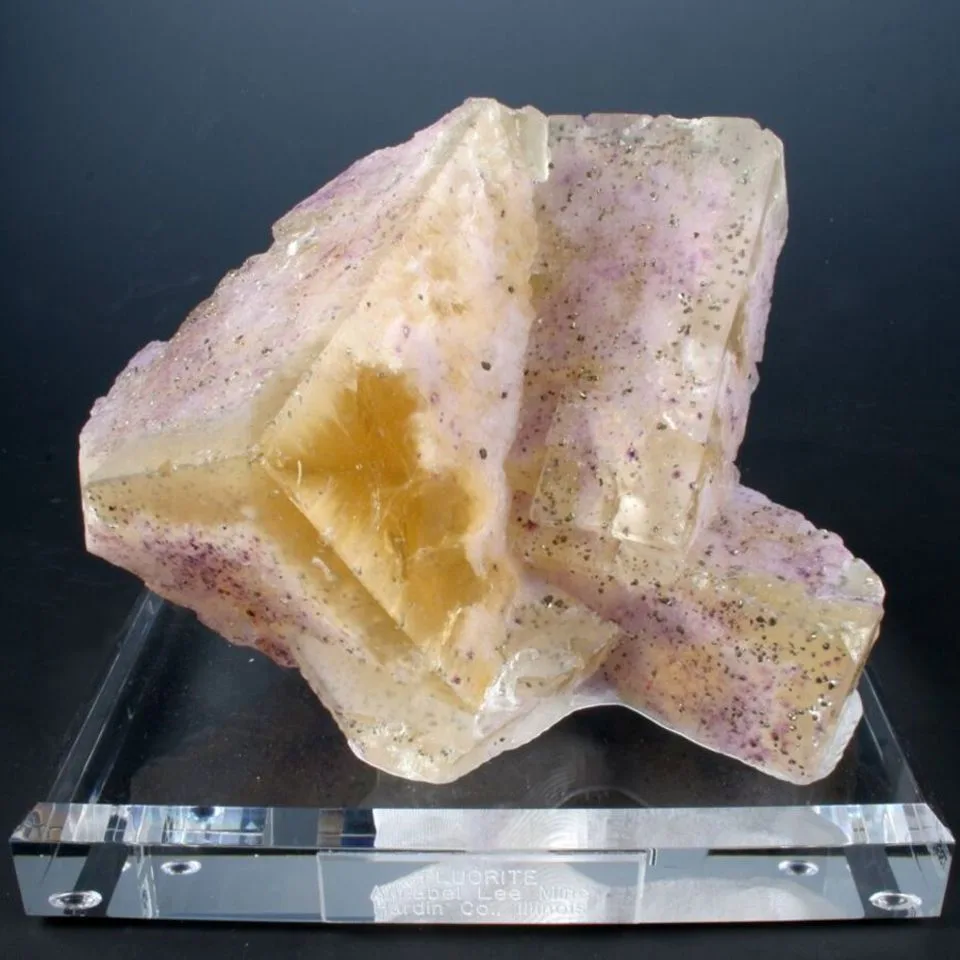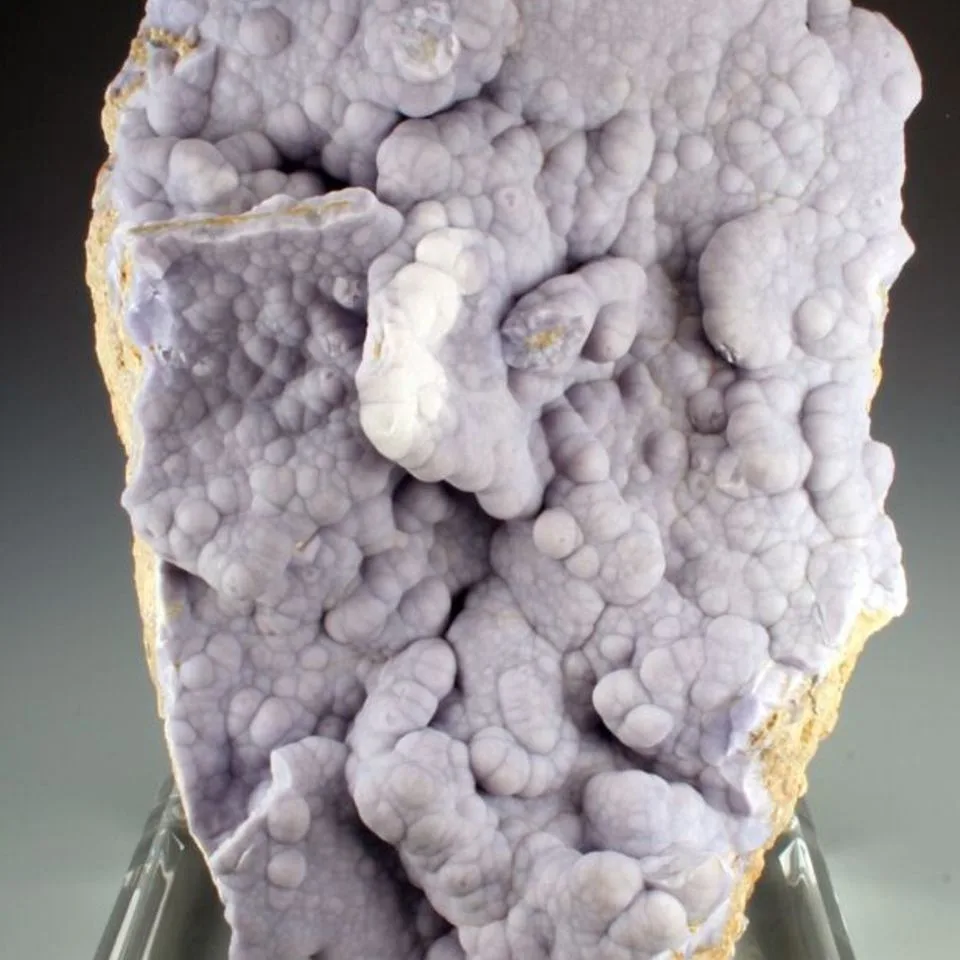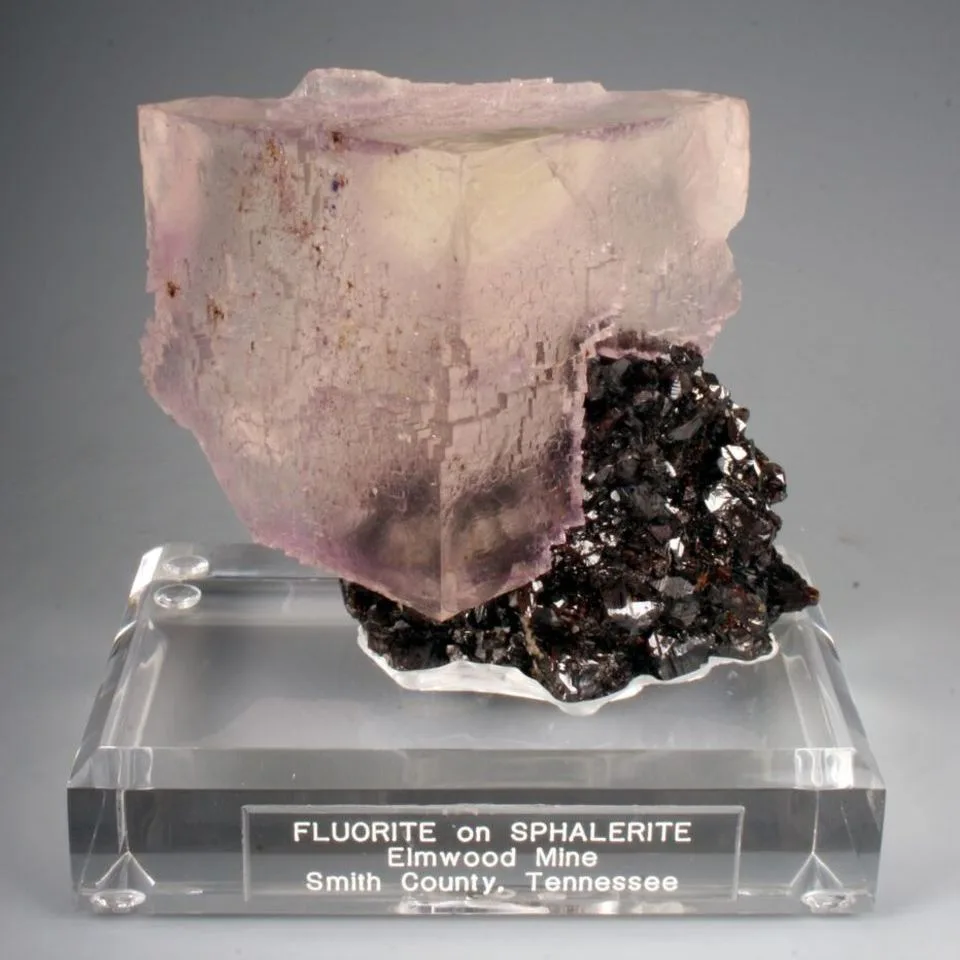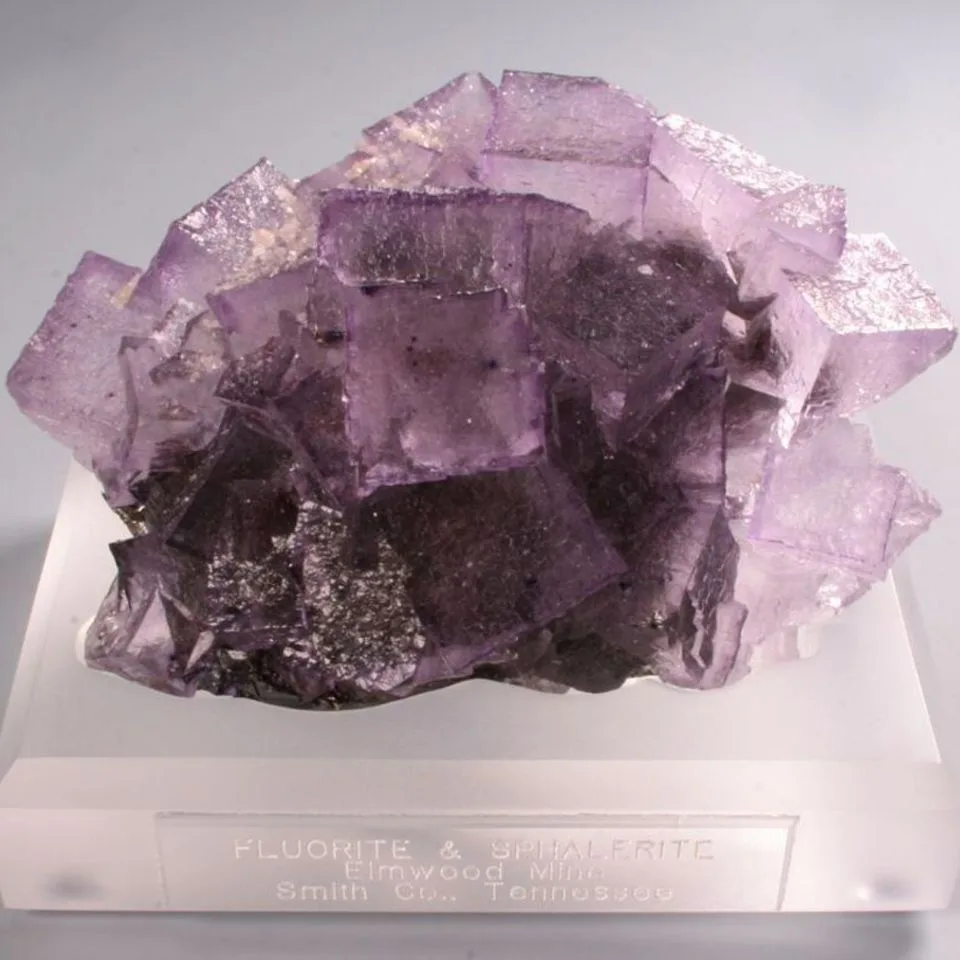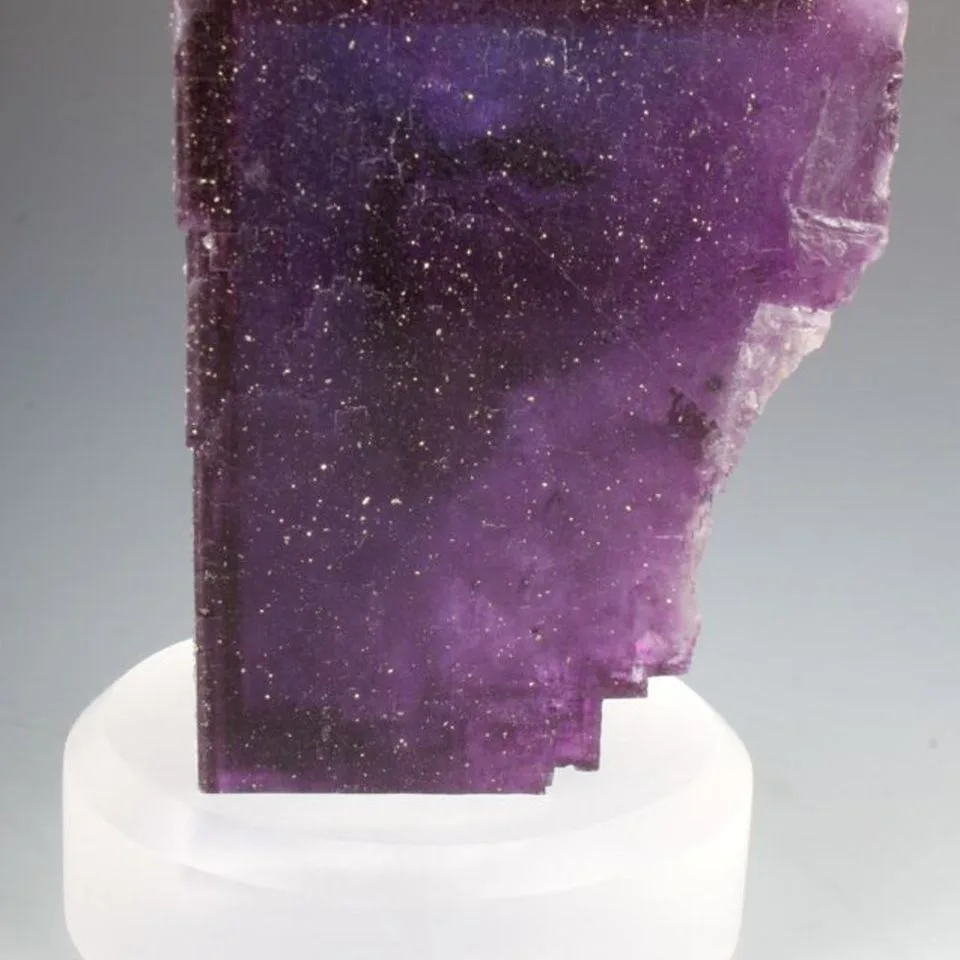Fluorite
Fluorite is a mineral with a veritable bouquet of brilliant colors. Fluorite is well known and prized for its glassy luster and rich variety of colors. The range of common colors for fluorite starting from the hallmark color purple, then blue, green, yellow, colorless, brown, pink, black and reddish orange is amazing and is only rivaled in color range by quartz. The many colors of fluorite are truly wonderful.
The rich purple color is by far fluorite’s most famous and popular color. It easily competes with the beautiful purple of amethyst. Often specimens of fluorite and amethyst with similar shades of purple are used in mineral identification classes to illustrate the folly of using color as the sole means to identify minerals. The blue, green and yellow varieties of fluorite are also deeply colored, popular and attractive.
The colorless variety is not as well received as the colored varieties, but their rarity still makes them sought after by collectors. A brown variety found in Ohio and elsewhere has a distinctive iridescence that improves an otherwise poor color for fluorite.
The rarer colors of pink, reddish orange (rose) and even black are usually very attractive and in demand. Most specimens of fluorite have a single color, but a significant percentage of fluorites have multiple colors and the colors are arranged in bands or zones that correspond to the shapes of fluorite’s crystals. In other words, the typical habit of fluorite is a cube and the color zones are often in cubic arrangement.
The effect is similar to phantom crystals that appear to have crystals within crystals that are of differing colors. A fluorite crystal could have a clear outer zone allowing a cube of purple fluorite to be seen inside. Sometimes the less common habits such as a colored octahedron are seen inside of a colorless cube. One crystal of fluorite could potentially have four or five different color zones or bands.
To top it all off, fluorite is frequently fluorescent and, like its normal light colors, its fluorescent colors are extremely variable. Typically it fluoresces blue but other fluorescent colors include yellow, green, red, white and purple. Some specimens have the added effect of simultaneously having a different color under long-wave UV light from its color under shortwave UV light. Some will even demonstrate phosphorescence in a third color! The blue fluorescence has been attributed to the presence of europium ions. Yttrium is the activator for the yellow fluorescence.
Green and red fluorescent activation is not exactly pinned down as of yet, but may be due to the elements already mentioned as well as other rare earth metals; also manganese, uranium or a combination of these. Even unbonded fluorine trapped in the structure has been suggested. The word fluorescent was derived from fluorite since specimens of fluorite were some of the first fluorescent specimens ever studied.
The naming followed the naming precedence set by opalescence from opal; ergo fluorescence from fluorite. Another unique luminescent property of fluorite is its thermo-luminescence. Thermo-luminescence is the ability to glow when heated. Not all fluorite does this, in fact it is quite a rare phenomenon. A variety of fluorite known as “chlorophane” can demonstrate this property very well and will even thermo-luminesce while the specimen is held in a person’s hand activated by the person’s own body heat.
The thermo-luminescence is green to blue-green and can be produced on the coils of a heater or electric stove top. Once seen, the glow will fade away and can no longer be seen in the same specimen again. Fluorite has other qualities besides its great color assortments that make it a popular mineral. It has several different crystal habits that always produce well formed, good, clean crystals.
The cube is by far the most recognized habit of fluorite followed by the octahedron which is believed to form at higher temperatures than the cube. Although the cleavage of fluorite can produce an octahedral shape and these cleaved octahedrons are popular in rock shops the world over, the natural octahedrons are harder to find. A rarer habit variety is the twelve sided dodecahedron however it is never seen by itself and usually modifies the cubic crystals by replacing the edges of the cube with one flat face of a dodecahedron.
The tetrahexahedron is a twenty four sided habit that is also seen modifying the cubic habit. But instead of one face replacing each cubic edge, two faces modify the cube’s edges. Occasionally combinations of a cube, dodecahedron and tetrahexahedron are seen producing an overall cubic crystal with no less that three minor parallel faces replacing each cubic edge. A fifth form is the hexoctahedron which modifies the cube by placing six very minor faces at each corner of the cube. Twinning is also common in fluorite and symmetrical penetration twins, especially from Cumberland England are much sought after by collectors.
